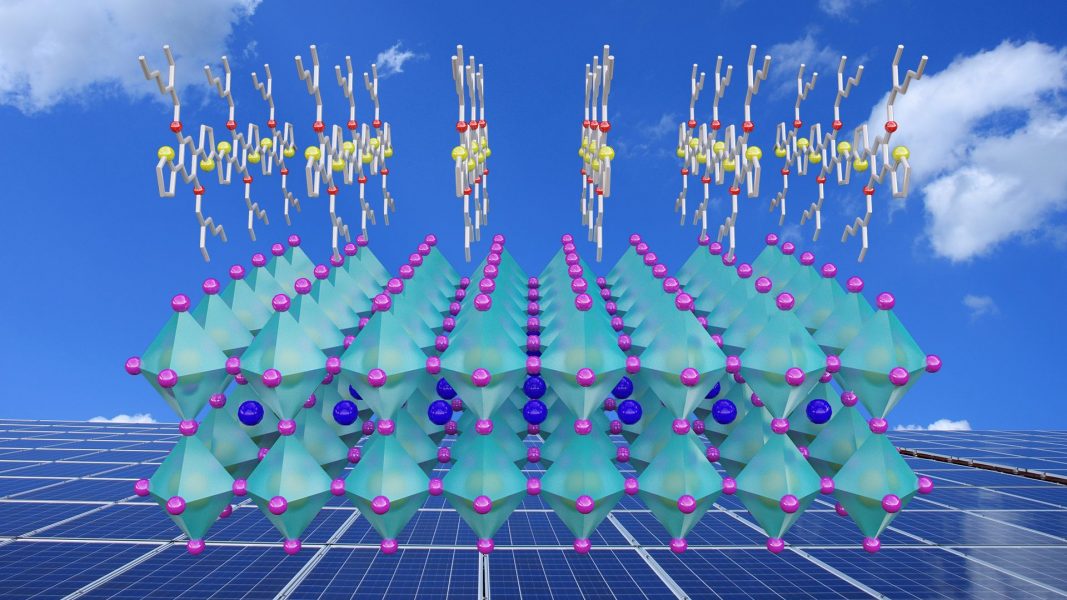Perovskite solar cells have dramatically improved in power conversion efficiency (PCE) since their advent. However, further improvement relies on developing hole-transport materials (HTMs) that are dopant-free.
In an article in Advanced Materials, Prof. Alex K.-Y. Jen of the University of Washington and City University of Hong Kong, Prof. Baomin Xu from Southern University of Science and Technology, and their co-workers design a dopant-free HTM based on an alternating co-polymer, dithiophene–benzene (DTB), which can be easily synthesized in only two steps.
Typically, a face-on orientation, where the π–π stacking direction is perpendicular to the perovskite layer, is the criterion for HTMs. In this work, an edge-on orientation, where π–π stacking occurs parallel to the perovskite layer, is realized. This results in an intensive exposure between the HTM and the perovskite layer.
A perovskite solar cell based on the DTB HTM was constructed. The DTB HTM showed a stronger hole extraction and defect passivation ability compared with the benchmark HTM, spiro-OMeTAD. A PCE of 19.68% was achieved, which is comparable to that of spiro-OMeTAD.
To find out more about this dopant-free HTM, please visit the Advanced Materials homepage.














